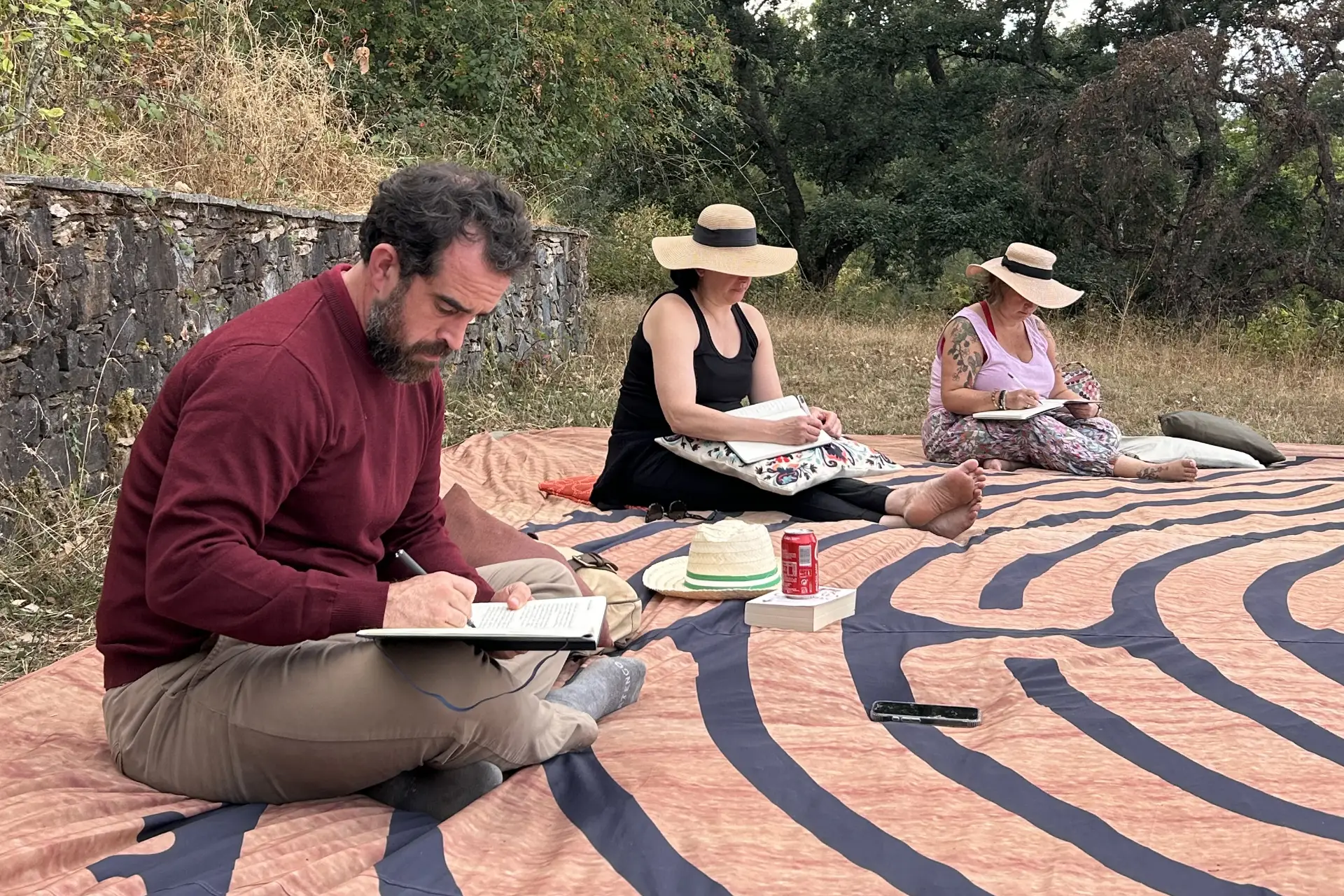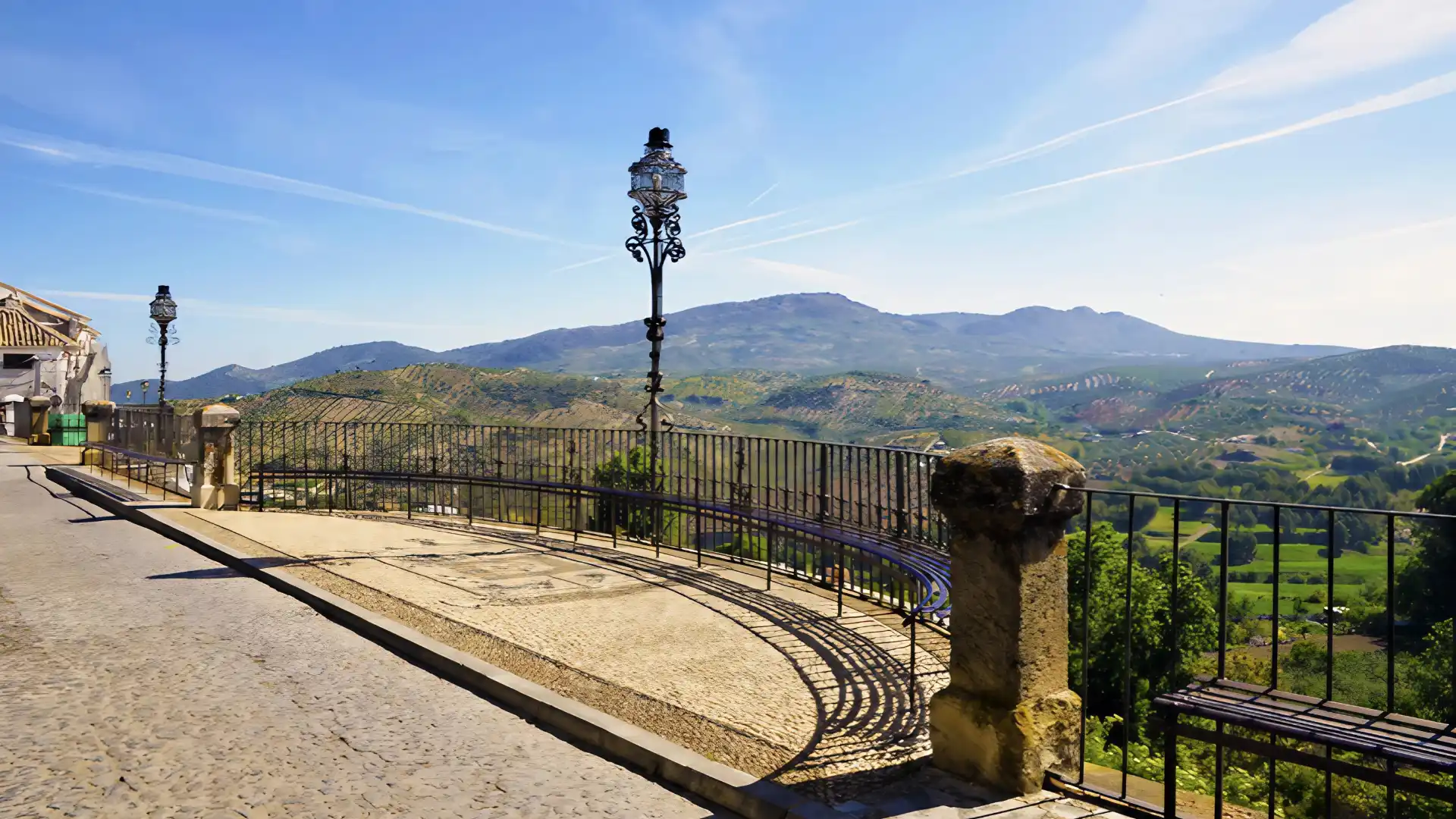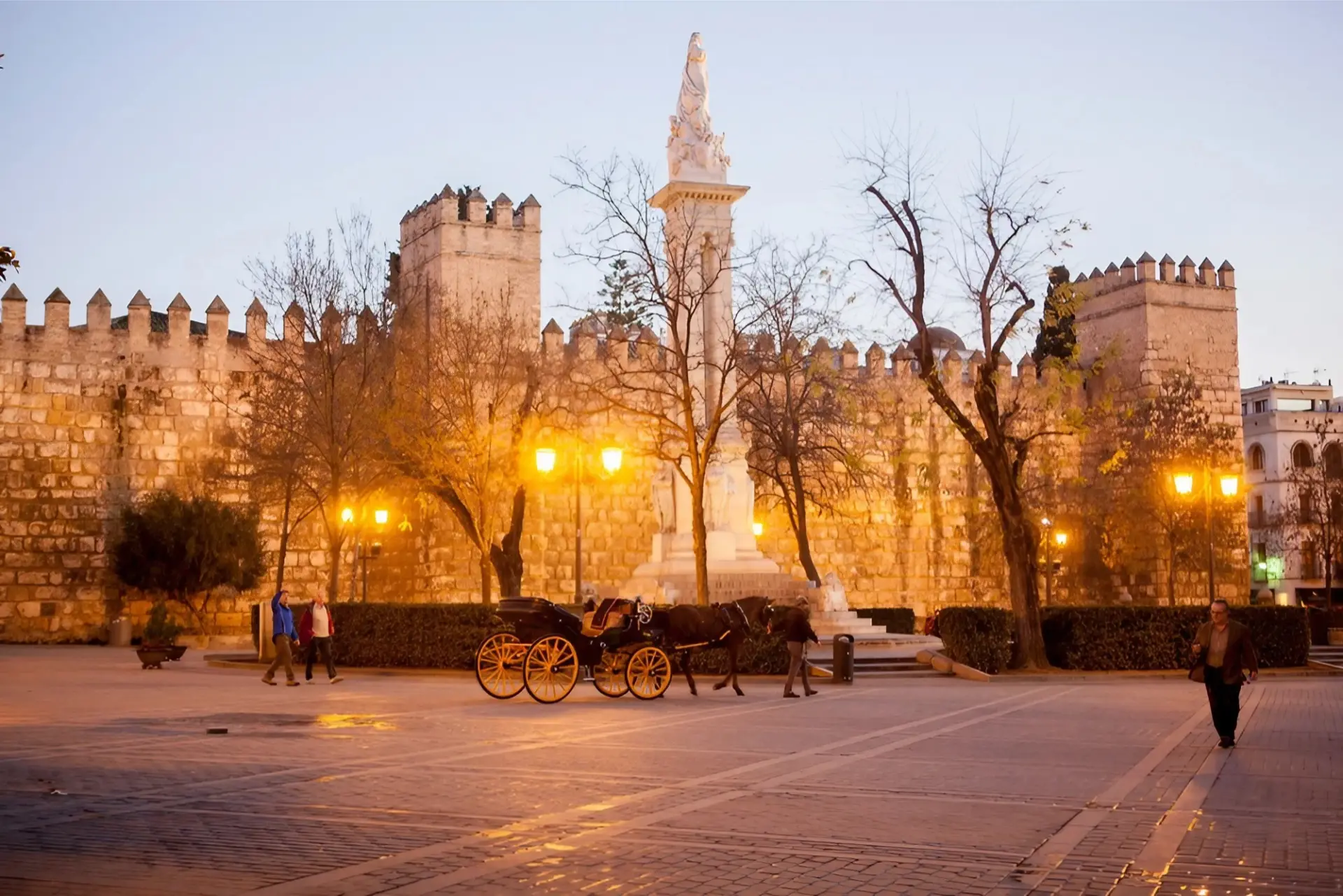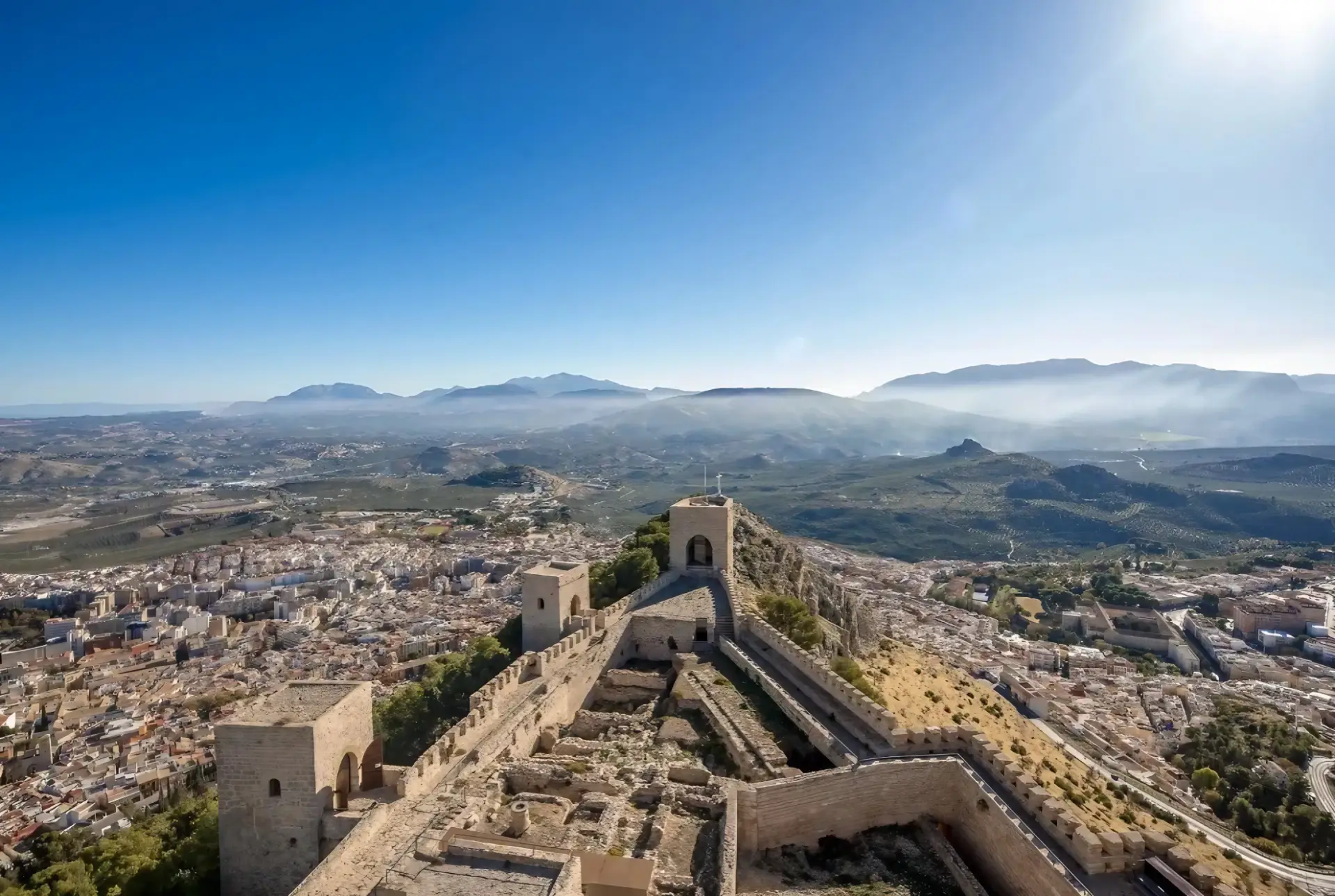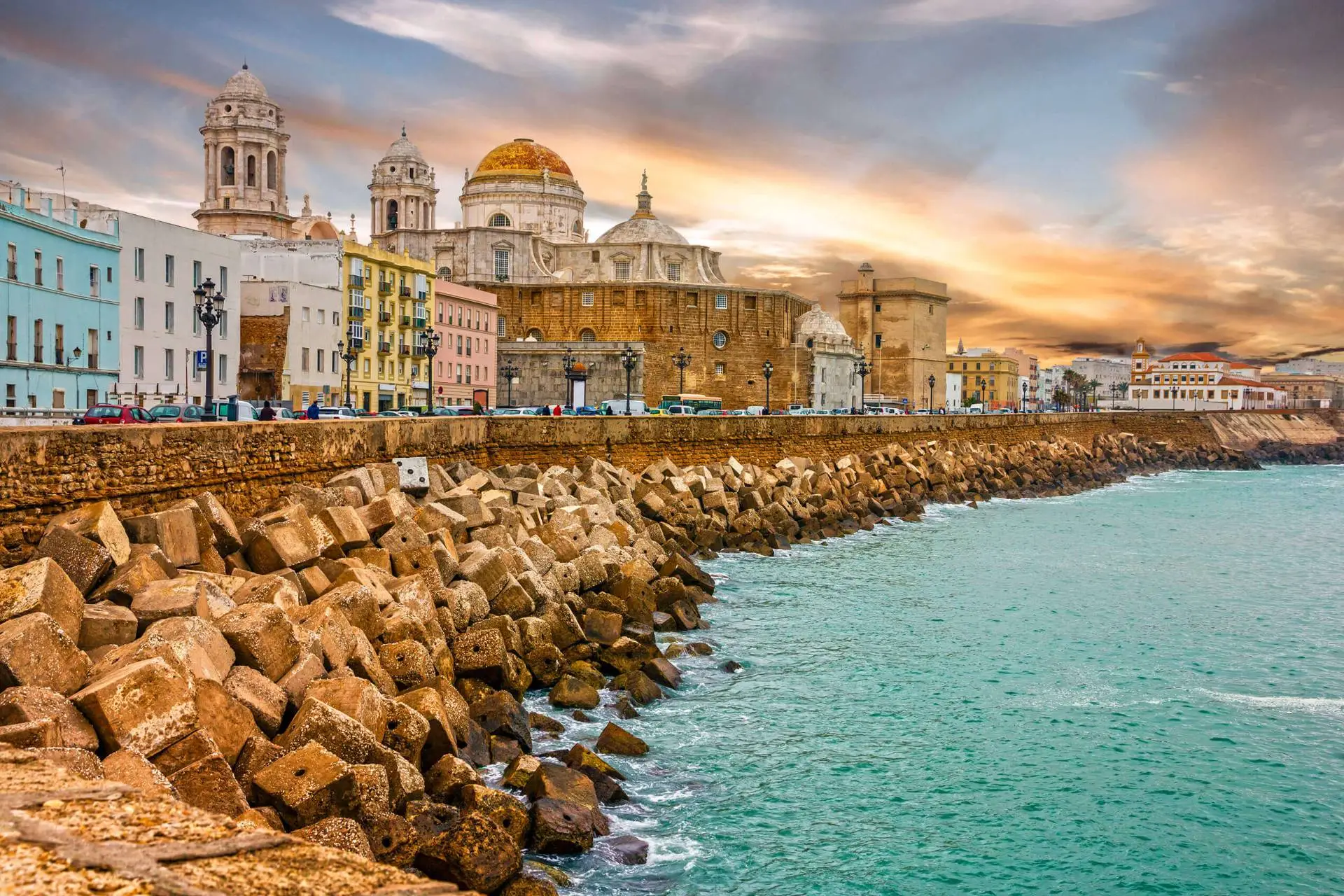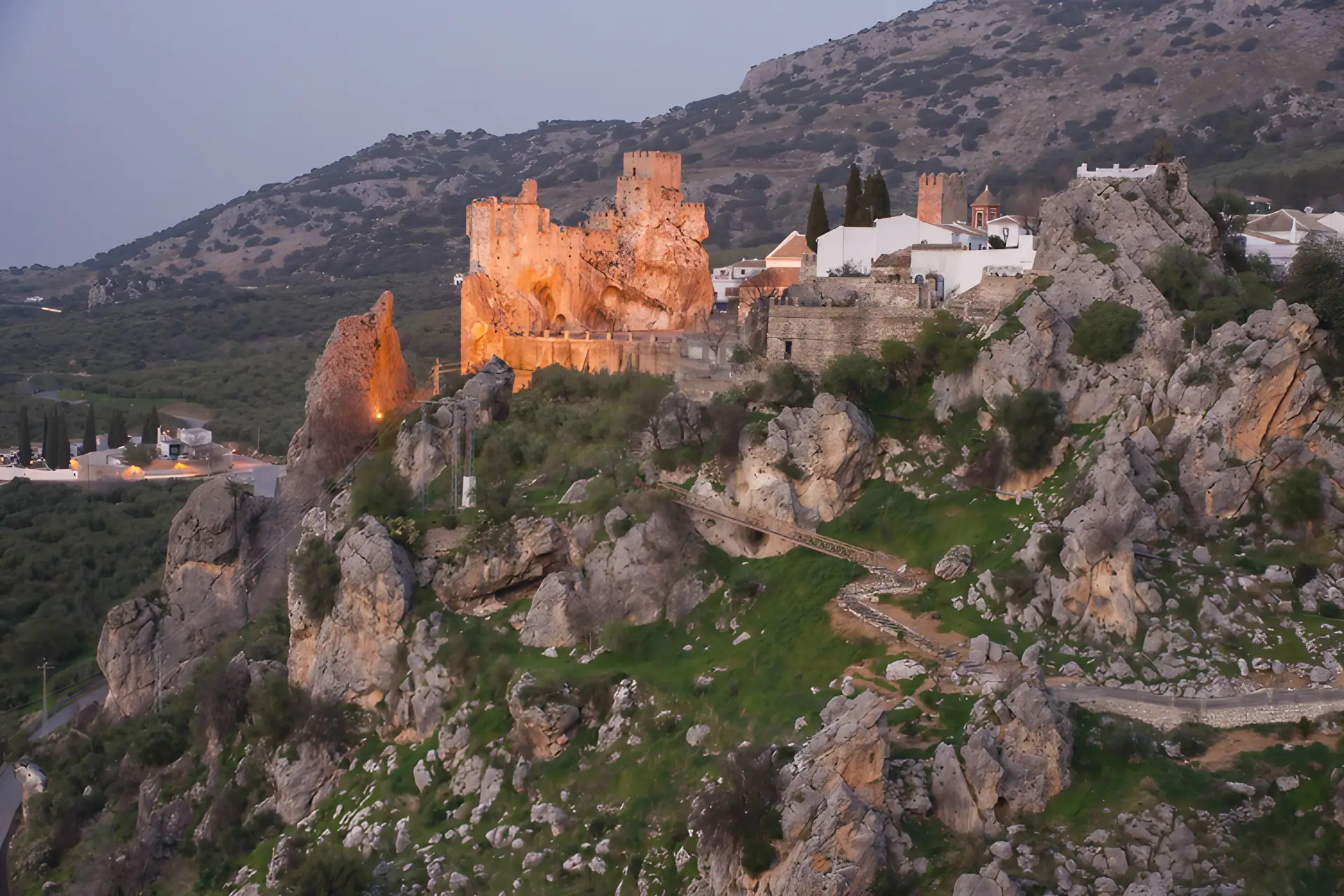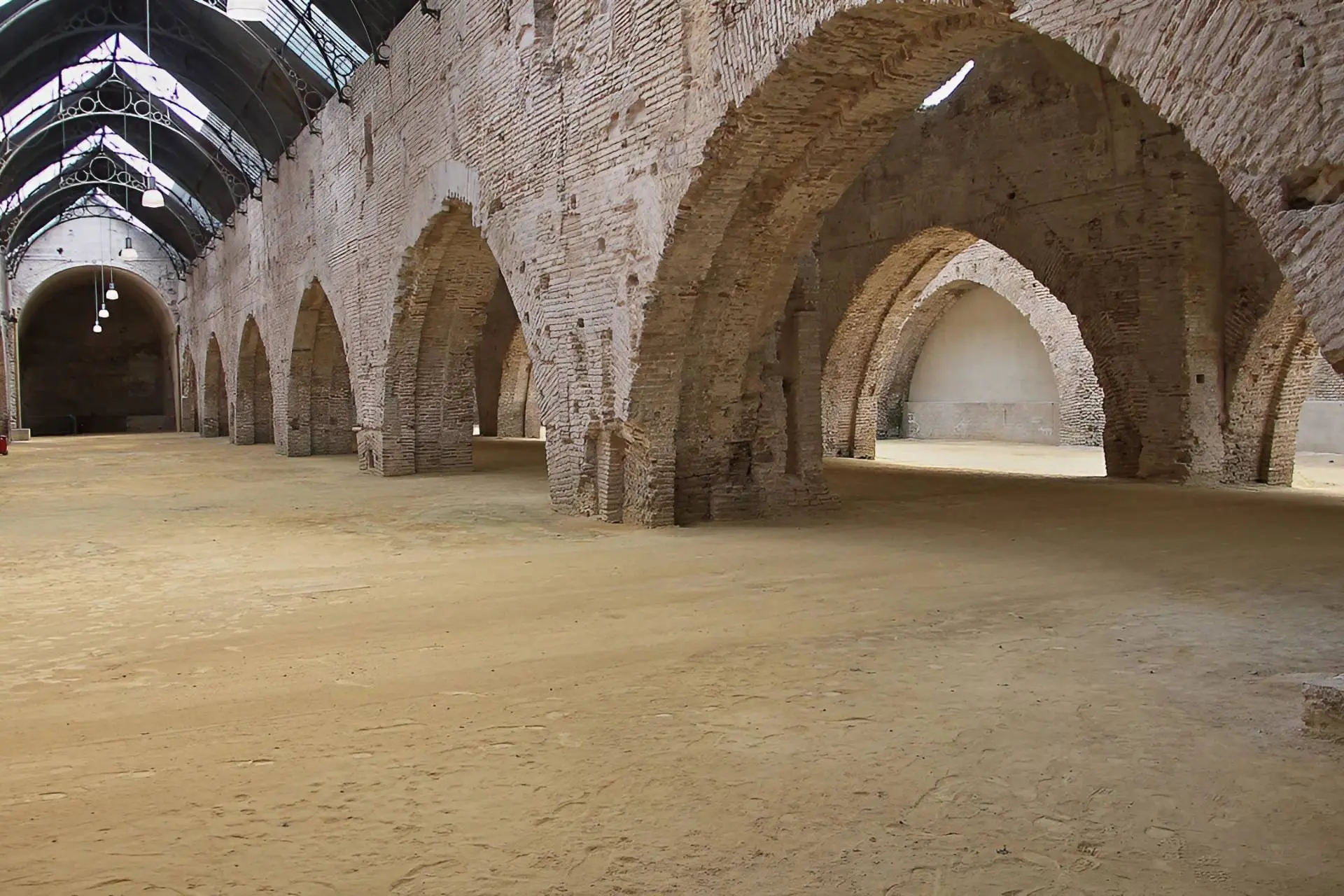On Part 2 of our Camino Trilogy, along the Via de la Plata and Camino Mozárabe, we head from Córdoba to Salamanca via two of Extremadura’s scintillating cities. First is Mérida, which is our base for two nights, site of some of the most impressive Roman ruins in Spain.
In 25BC, the Roman Emperor Augustus founded the city Emerita Augusta on the Iberian Peninsula for veterans of his army. Mérida was born, and it went on to be the most important Roman city on the peninsula.
Alongside the Roman history is a modern city with a relaxed atmosphere, great social scene and excellent restaurants. Extremadura’s meat is renowned, and it’s not just the jamón Iberíco. The Denomination of Origin (DO) Ternera de Extremadura includes six regional cattle breeds.
And no wonder, 43% of Extremadura’s territory is devoted to pasture, just over half of which is wooded pasture. As you wander along the Via de la Plata, you’ll pass by grasses, acorns, cereal, charcoal, cork trees and grains.
Roman Treasure Trove
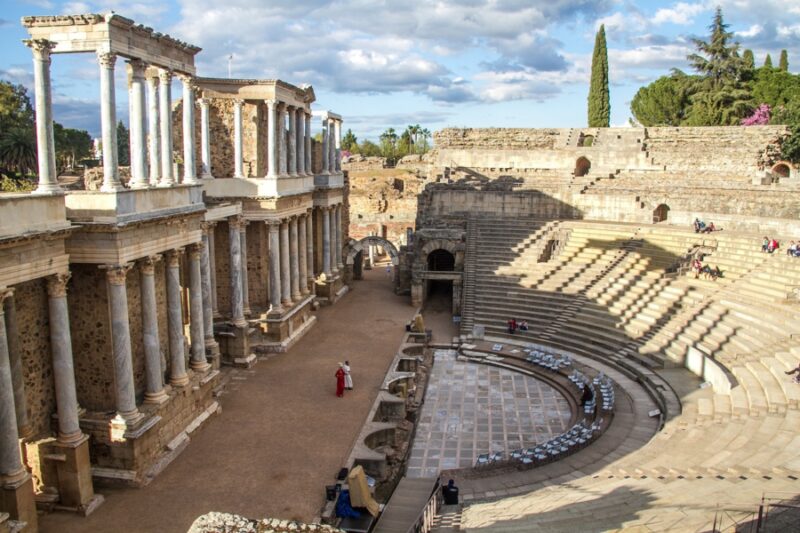
Even after the destruction of many monuments, primarily during Napoleon’s 19th century invasion of Spain, there is still plenty to see. As well as the plethora of Roman ruins to visit, the town also has the spacious Plaza de España which harks back to medieval times.
The most impressive of the Roman ruins are the theatre and amphitheatre. As you wind your way along the path, you catch teasing glimpses of the theatre. But first it is the amphitheatre which from 8BC was the setting for gladiators, wild beast hunts, and the struggle between wild animals in artificial settings. The Romans recreated jungles, lakes, deserts and forests atop the wooden platform known as the arena. Amazingly, between 15, 00 and 16,000 people could watch the spectacles.
Only metres from the amphitheatre is the theatre whose Corinthian columns rise in front of you. Seven or eight years older than the amphitheatre, great works by Roman and Greek playwrights were performed before up to 6,000 spectators. The columns support richly decorated friezes and statues.
Spanning the river Guadiana is the Puente Romana, the world’s longest (distance) surviving bridge from ancient times. The bridge is for pedestrians only and if you cross over away from the town centre, you’ll get a splendid view of the Alcazaba from the opposite bank.
In Mérida, it is hard to miss the Roman archaeology. The Temple of Diana stands tall in a small plaza, as people mill around at the neighbouring bars.
Further away from the town centre, is the Acueducto de los Milagros of which 38 arched pillars, standing 25 metres high, remain. It is one of three aqueducts built by the Romans. Later inhabitants of Mérida dubbed it the “Miraculous Aqueduct” for the awe that it evoked.
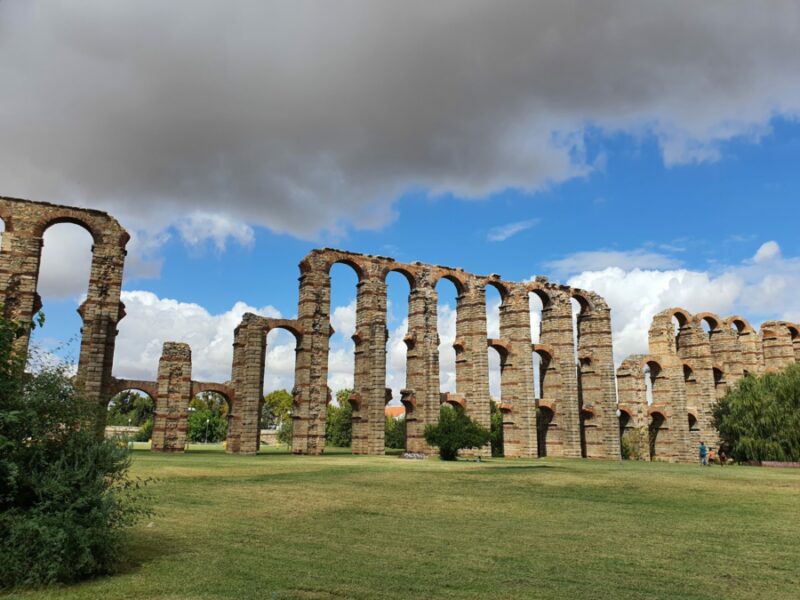
In the opposite direction, squeezed between the bullring and a main road is the Casa del Mitreo. The villa belonged to an important family and remains related to the cult of Mitra are evident within. There are lots of high-quality mosaics and mural paintings. Adjoining the villa is a Roman cemetery with the mausoleum of important families.
Miracles and Moors
Skirting the centre of Mérida, are two of many more sites that make up Mérida’s rich historical tapestry. Built by emir Abd ar-Rahman II of Córdoba in 835 to command the city, the Alcazaba was the first Muslim fortress. It is a big square built re-using Roman walls and Roman-Visigothic edifices. In its centre is the Roman water cistern with a notable barrel vault roof. From the ramparts, there’s a pleasant view along the river and back towards the town centre.
The Basilica de Santa Eulalia also reuses Roman and Visigoth structures. It is also the site of Eulalia’s martyrdom. Eulalia stood accused of having insulted the Roman gods, emperor and a fair few others. Found guilty, soldiers stripped and tortured Eulalia, using hooks and torches. They then burned her at the stake. As she died, a dove flew out of her mouth and a miraculous pure snow covered her nakedness.
And it is with memories of Romans, saints and historical marvels, that Toma & Coe’s second part of the Camino Trilogy continues onwards through Extremadura.
Contact us if you’d like to join us on Part 2 of the Camino Trilogy Group Tour or to arrange a private tour.

